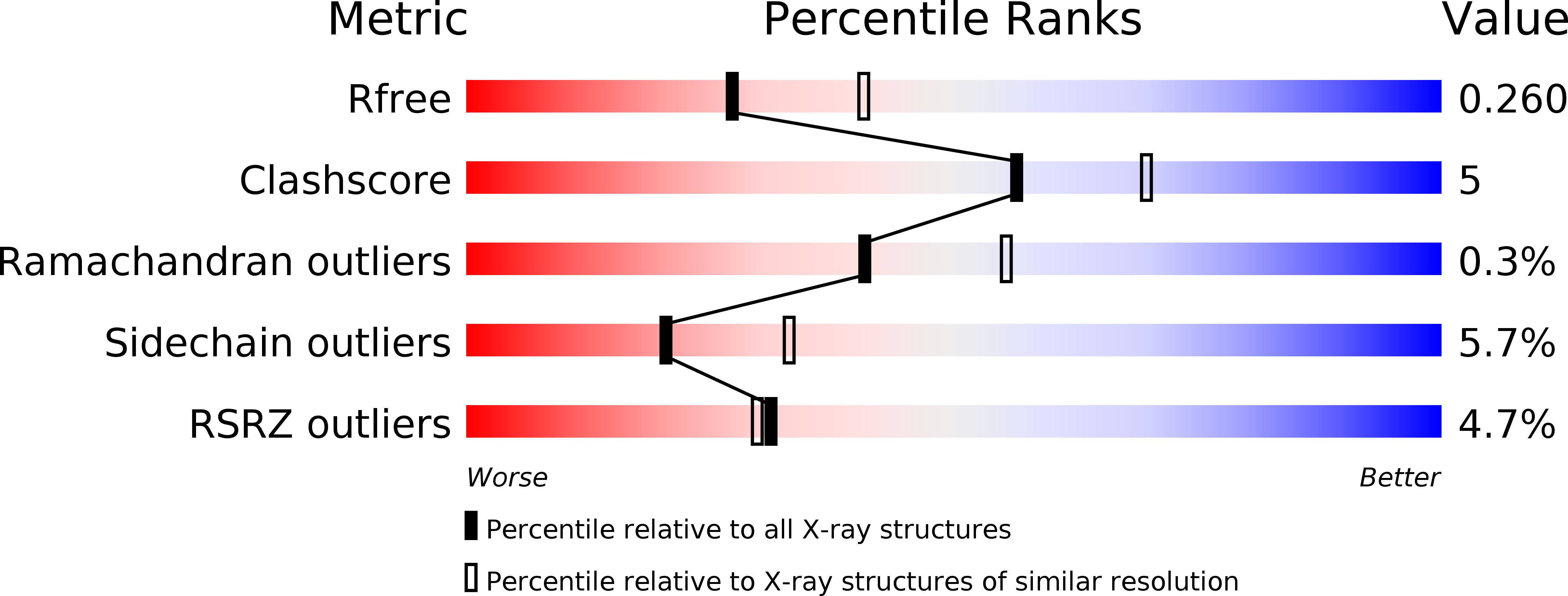
Deposition Date
2010-09-24
Release Date
2010-11-03
Last Version Date
2023-12-20
Entry Detail
Biological Source:
Source Organism:
TANNERELLA FORSYTHIA (Taxon ID: 28112)
SYNTHETIC CONSTRUCT (Taxon ID: 32630)
SYNTHETIC CONSTRUCT (Taxon ID: 32630)
Host Organism:
Method Details:
Experimental Method:
Resolution:
2.40 Å
R-Value Free:
0.25
R-Value Work:
0.18
R-Value Observed:
0.19
Space Group:
C 1 2 1


